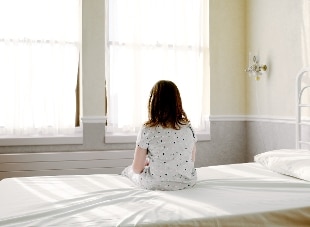Share
December 19, 2015 We call them rare, but there are more than 6000 known ones, many others do not even have a name: their often devastating effects can be seen very well on children, on their families.Last July, at the Sala della Regina di Montecitorio, the first report on the condition of these patients was presented, they called it MonitoRARE.
In general, our country is strong on the research front, especially thanks to the generosity of those who donate. There are high quality specialized centers. The available drugs are made accessible. There are institutional reference help lines for rare diseases. But given that in Italy health care is not the same, it does not provide the same services from North to South, the situation is very varied, locally.
And so, it happens that in some large areas of the country the interventions are fragmented, that there are strong deficiencies in social support, that it is impossible to obtain prostheses and innovative aids, that there is no home assistance and that the territorial one is lacking.
Another problem is that of the diagnosis of rare diseases, 6.5 years on average, and is linked to a considerable difficulty, especially by the Pediatrician of Free Choice or the General Practitioner to interpret a complex symptomatology. This is also explained by training: last year there were just 42 ECM courses on rare diseases for doctors.
In the field of research, however, only Germany and France overtook Italy and England in 2014 as the leader of the projects funded with the Seventh Framework Research Program: Italy was the leader of 27 projects and participated as a partner in 123 projects .
The increase in Biobanks was important: almost 95,000 biological samples were stored in those that belong to the Telethon Network of Genetic Biobanks, while there is a return to the profound regional diversification for neo-native screening. There are 1 to 58 metabolic diseases (including phenylketonuria), depending on the regions.
In the last three years the number of orphan drugs available in Italy has increased: from 44 in 2012 to 63 in 2014: over 80% of orphan drugs approved in the EU are available in Italy.
The last aspect is that of the economic and social cost to face the need for assistance of the person with a rare disease: on average it exceeds € 2,500 per year paid by families to assist people with greater severity and greater difficulty in reaching the end of the month ( 58% versus 42% of the general population), without counting the psychological repercussions and life projects of family members and caregivers.

